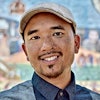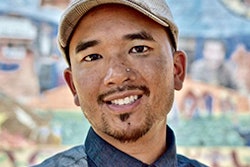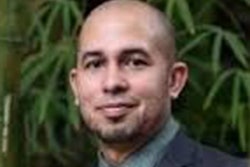Anyone familiar with inner city neighborhoods has probably noticed the number of alcohol-selling businesses located on block after block.
“Growing up in Philadelphia, Dr. Loni Philip Tabb was aware of the proliferation of such outlets.
“I am from the inner city, and I grew up where you might have access to “forties” (40-ounce bottles of beer) and different types of alcohol – but not fresh fruits and vegetables,” she explains on her Drexel University profile.
Those memories and observations have guided her research interests. As a high school student, Tabb also knew she had a passion for math, but she recalls being confused.
“I didn’t know what people who liked math do,” she says. She initially followed the path preferred by her Caribbean-born parents, to pursue a career in business, entering Drexel University as a business major, but the passion just wasn’t there.
“So I started digging and I found out about biostatistics and how I could use my math and statistics training in public health and medicine,” Tabb tells Diverse, adding that, when she went home and told her mother that she planned to study biostatistics, her mother first said, “Why?” but then told her to “go for it.”
That’s exactly what Tabb has done. She not only completed her bachelor’s degree in mathematics at Drexel, but she went on to earn a master’s in math there and then a master’s and Ph.D. in biostatistics from Harvard.




















